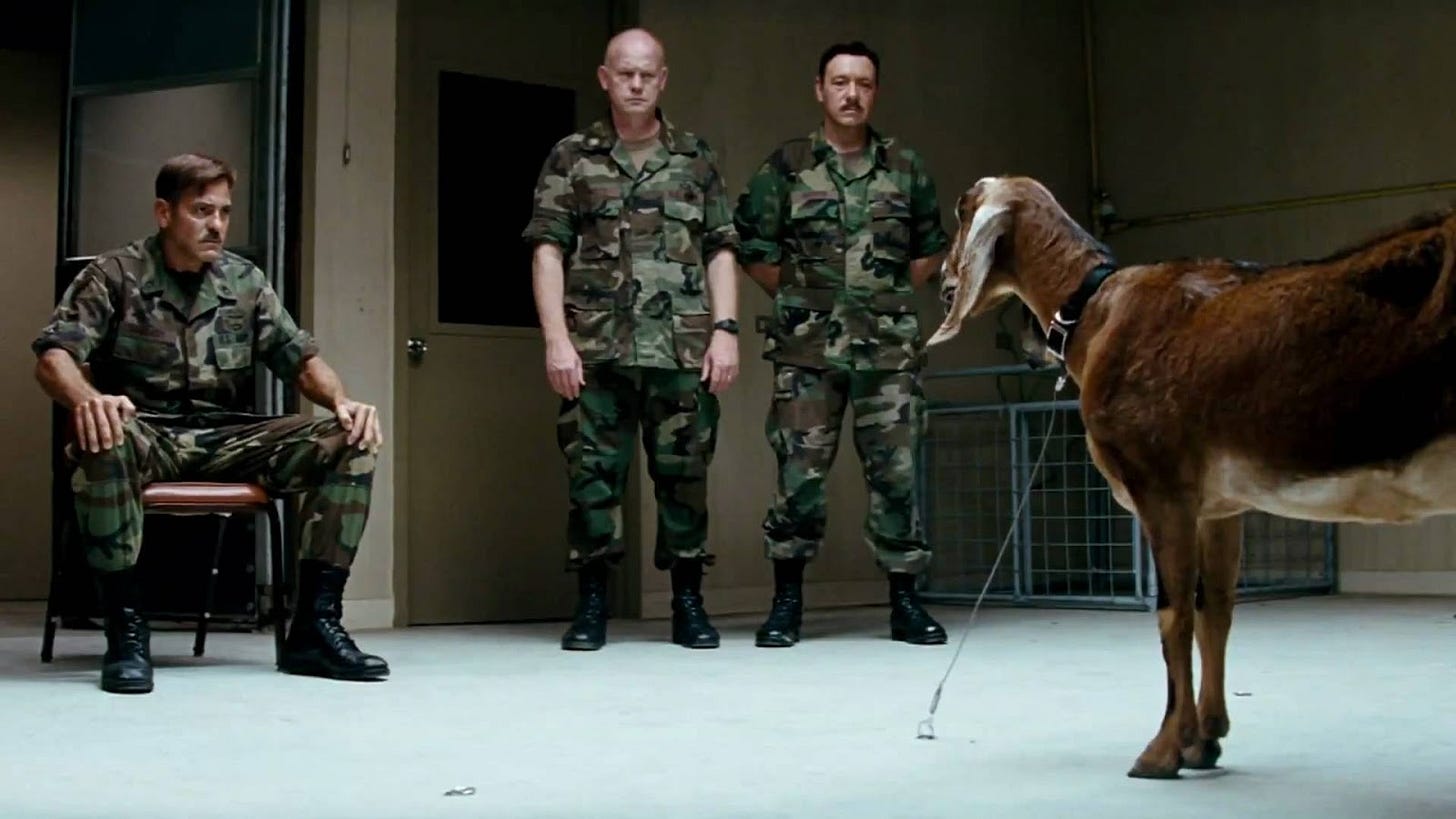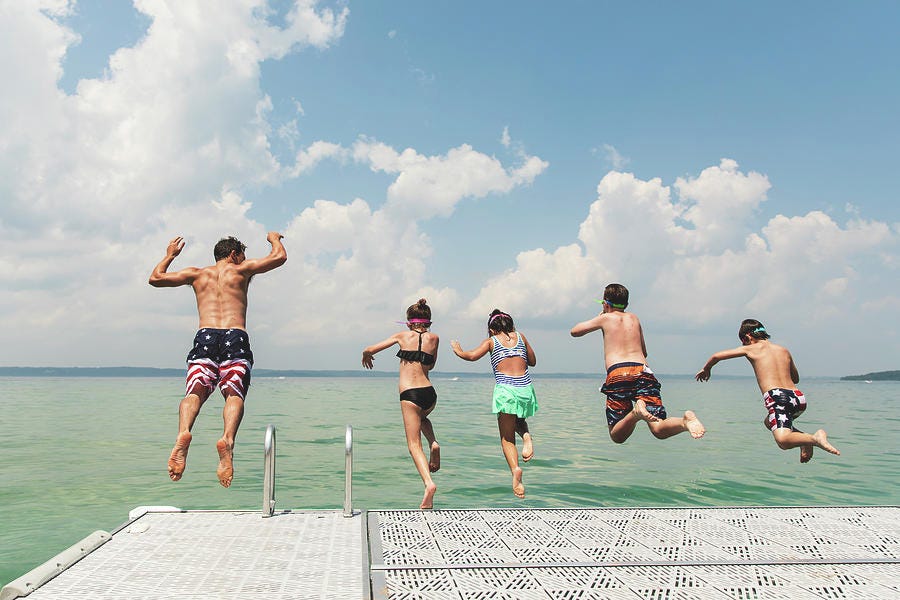How I Proved To Myself That Human Beings Are Psychic
By Crypto Psi
I’ll never forget the night I proved, to my own satisfaction, psychic phenomena in humans are real.
I’ve had countless metaphysical experiences throughout my entire life, to the point where I always believed in psi, and would always argue in favor of psi with skeptics and disbelievers. Most people believe in psi, based on their own experiences with it, often verified by family and loved ones. Telepathy, for instance, is an incredibly common experience for most humans, and the fact that it requires two or more subjects increases its believability.
Most people, including myself, live day-to-day life without much metaphysical flair, yet have a few rare psychic experiences that defy conventional explanation. I had such a mind-blowing telepathic synchronicity with my aunt a few years ago, separated by over 3,000 geographical miles, that I still shake my head when I ponder it. I also had an internal “voice”, distinct from my internal voice, tell me when a close loved one was going to die, down to the month, three years in advance. They were in perfect health at the time, and I dismissed the premonition. Yet I never fully forgot about it, and when it came to pass, I was of course stunned.
These were both drug-free phenomena. However, most psychonauts can attest to telepathic experiences while “under the influence”, including yours truly. These are easily dismissed by skeptics as being an effect of the substance, yet the basic materialist-defying premise remains valid. It appears that being psychic is part of the natural human experience, at least in small doses.
However, I wasn’t aware that psi could be developed, rigorized, and practiced daily. Psi always seemed like something that happened to you, a gift from the universe at random points in your life, but not something that could be harnessed daily. Until I discovered remote viewing.
Remote viewing is essentially about feeling impressions from beyond your normal ordinary senses. For example, remote viewing the insides of a warehouse you’ve never personally witnessed. Or remote viewing the dark side of the moon. Or the events of September 11th, 2001.
More commonly, one will remotely view a “target” that amounts to a picture or photo inside an envelope. This envelope is pre-selected by a “judge”, and is never before seen by the remote viewer. In this case, the viewer usually draws a simple sketch intended to match the photo in question. If the materialist dogma of consciousness being 100% tied to our brains is indeed correct, there should be no way to draw a photo you’ve never seen with any kind of accuracy, excluding the most lucky of guesses here and there. And there should be absolutely zero chance of doing this accurately with consistency.
About a year ago, I was invited to be part of a remote viewing practice session with 10 or so people. One was the expert in the subject, a few were amateurs, and the rest of us were complete beginners. We were all guided by the expert to remote view a bunch of targets (photos in envelopes), as the expert acted as judge of our sessions. Incredibly, even the beginners were getting incredible matches for some of the photos.
My third try, I began the process and drew a few stick figures jumping off an artificial structure, into a body of water. I determined it was an outside environment, with blue skies and clouds in the background. I also guessed that the structure was the only man-made element of the target.
This is what I drew:
And this was the photo of the target, which I had never seen before, completely hidden by an envelope:
Needless to say, I was stunned.
In spite of my many experiences with psi throughout my life, in spite of my deep belief that we have more than five senses, I was unprepared for using my own psychic abilities with such accuracy. This was after only a few short training sessions, and I was far from the only one getting accurate hits! All the beginners got at least one hit of accuracy over 80% (getting all the main elements of a photo correct), and most interestingly, at least one viewer got an accurate hit for each photo viewed, as we were all viewing the same targets.
The complete details of the remote viewing process are beyond the scope of this piece, but the important key is getting the “feel” for the target. The drawing step is actually the last step, after intuiting the general vibe of the target and its specific elements: is it man-made or artificial, or a natural setting? Is it indoors or outdoors? Are there animals or biological life, or is it devoid of life? What colors are there? What textures?
The most fascinating application we were taught was called “associative remote viewing”. Our judge (in this case, our instructor) would pick two targets in distinct envelopes. He would then tell us to intuit what the target was in envelope B. We would all try to accurately draw what was in the envelope. More often than not, we did just that. Importantly, another impartial judge, potentially a skeptic, can be asked to “match” the remote viewing target drawings with one of the two photos.
A good judge will pick two distinct photos when practicing associative remote viewing. For example, envelope A will contain a photo of a zebra in a grassy field, while envelope B will have a photo of a cold, dark factory, devoid of life. This distinction offers a higher chance of a viewer getting an accurate read of the photo’s elements, and also gives a judge an easier time categorizing a drawn target.
The true intent of associative remote viewing is determining a binary outcome. Let’s say the judge wants to determine the victor of the Colts playing the Raiders in Las Vegas in this upcoming NFL season. No Rare Candy host or listener would ever do this, but bear with me for a moment…
The judge assigns a Colts win to envelope A, the zebra in the field. He assigns a Raiders win to envelope B, the factory photo. This distinction is done completely arbitrarily, and all within the judge’s own consciousness. He then asks at least one, but ideally a group of remote viewers to correctly view the “target associated with the winner of the Colts-Raiders game”. The participants view the targets, and the judge determines the likely victor based on the accuracy of the drawn targets. If five viewers participate, perhaps three draw a target devoid of life, with man-made elements, perhaps pipes and machines. They may include descriptives like “cold, dark”, “no life”, “warehouse”, et cetera. One viewer may accurately draw a target matching the zebra scene, perhaps drawing a “horse” in grass, or even just getting an “outside, natural” scene. One viewer may get a scene that matches neither picture.
With these five data points, the judge will determine the victor of the future Colts at Raiders game to be the Las Vegas Raiders. Perhaps a monetary wager will be made with this information (again, no Rare Candy associate would do this). What’s interesting is the original five viewers never need to know what target was associated with what outcome. In fact, they never even need to be shown the original images, or even if their target drawings were accurate at all. Furthermore, a second independent judge can determine the matches, to create a truly blinded experiment. Only the outcome is determined from this process, with zero bias whatsoever. You may have guessed that the more remote viewers participating per trial, the more accurate the association would be. Eight out of ten viewers getting the factory photo match would be a very strong indication that the Raiders would win, much more than one remote viewer getting the same target.
But we’re getting ahead of ourselves. Isn’t the proof of concept that humans can draw a photo hidden inside an envelope, with any degree of accuracy, completely stunning? Almost everyone who is trained in remote viewing becomes a believer, including numerous former materialists, such as the physicists from Stanford contracted by the United States government to study human psi potential. Russel Targ is perhaps the most notable, and has authored several books on the subject. If this piece piqued your interest in remote viewing, A Russel Targ book or Youtube lecture is a necessary second step.
However, if you’re truly interested to see if this phenomenon is real, you must try it for yourself. Many of us psi believers have the experience of debating with skeptics and materialists. I’ve done this more times than I care to admit. I’ve realized this is largely pointless for two reasons: first, “skeptics” aren’t authentic skeptics at all, and no amount of evidence will convince them. And second, proving these things to yourself is endlessly more fascinating than debating a Reddit-tier “skeptic”. In fact, I’ve determined that, for myself, debating these things was largely me trying to convince myself of my beliefs in psi, something I no longer need to do.
Most that practice remote viewing regularly say that it seems to strengthen their daily intuition. This is perhaps the best reason to practice remote viewing. It’s certainly why I’ve gotten back into it. Yes, even after my life-altering experience with remote viewing, I took an extended break from it. Isn’t that fascinating? Even in the face of direct experience, a psi believer will hesitate in sprinting down the path laid out before them. Perhaps we truly aren’t ready to accept psi into our daily lives quite yet – I sure wasn’t!
I hope for this piece to start a mini-series on psi. And hopefully, we can start a group remote viewing for various sports, and create a public ledger to view the results. Of course, no monetary wagers will be involved whatsoever, we’re not the gambling type here at Rare Candy. Would never dream of it. Until next time!






